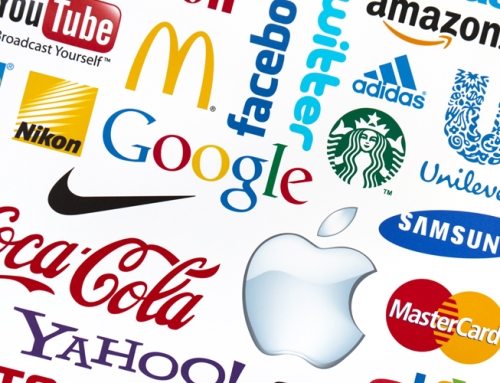If there’s one common theme I’ve been hearing from company leaders during these strange economic times, it’s “we need more people.” And if there’s one lesson I’ve learned, it’s that those companies may need a more strategic approach to find them.
You can see the evidence of the struggle to hire everywhere you look, from a plethora of “help wanted” signs, to shortened hours at your favorite fast-food spot, to mountains of containers at west coast ports waiting for semi-truck drivers. Increasingly desperate employers are turning to any number of tactics with minimal success.
In some industries, the struggle to fill vacancies is nothing new. Companies in need of workers with specific skills have grappled with a shrinking talent pool at the same time their competitors have become more aggressive with wages and benefits.
That was the position one of our clients faced several months ago as they tried to fill technical positions, due to their company’s extensive growth. They shared their frustration to catch the attention of this in-demand group of highly skilled workers. The growing company’s culture and work environment meant their turnover was remarkably low. Once they hired someone, that person tended to stick around. But how could they find new people?
As we talked, it struck us that the key was introducing their culture to prospective employees. Instead of trying to get attention by throwing around wage rates and the like, we reasoned we could reach the right people by using the right branding strategies in the right arena. Their prospective employees spent much of the day on the road, so why not reach them in their vehicles?
Radio seemed to offer the best approach. We quickly developed a 30-second radio commercial and scheduled it over a six-week period. By the end of this mini-campaign, the company had connected with quite a few qualified candidates. More important, they successfully hired four people at a total cost that was less than half of what they had paid in the past for using recruiters and other tactics.
The new hires weren’t the only result of the recruitment effort. We track their website performance closely, and in the first 30 days, visits to their site increased by 96 percent over what was normal for them. In the next 30 days, during which the commercials ran for just two weeks, web traffic was up 71 percent, followed by a jump of 76 percent over the next 30 days. The company wasn’t conducting any major marketing initiatives, so the most likely reason for the increased activity was name recognition from the radio spots. The message created to appeal to prospective employees also caught the attention of prospective clients.
That experience wasn’t an outlier. When an industrial client discussed their challenges with finding assemblers, welders, and machinists, we took a similar approach. The market was different, so we determined the best approach would use targeted Facebook advertising. Within the first 48 hours, the company had received nearly a dozen applications from qualified candidates. The flow of candidates was so strong that the company asked us to develop similar advertising targeting mechanical engineers.
There’s no question that a key part of both success stories was the use of unique media channels — radio spots for one and Facebook ads for the other. With the clients’ messages popping up in unexpected places, it’s likely they were able to reach people who may not have been actively seeking new positions.
However, we believe an even bigger contributor to the results was that our approach was built upon branding. As we developed the messages aimed at prospective candidates, we focused on the reasons their current employees chose to stay there. Yes, the pay was competitive, but in conversations with line employees over the years, we’ve heard an appreciation for both companies’ cultures. In particular, the companies have strong commitments to employees’ families and the communities they call home, and that message resonates with the types of people who applied.
Promoting the culture wasn’t some kind of gimmick. We’ve woven similar messages through their other marketing and branding channels. For example, consider the first company’s website. When you visit one of their competitors’ websites, you’ll see all sorts of technical information and photos of equipment. On our client’s site, you’ll find photos of employees volunteering with community organizations and videos of family events. Even a casual visitor to the site comes away with the recognition the company is different.
Is branding or using unusual channels the magic bullet for every company that’s struggling to hire enough employees? It’s unlikely. But the key to both success stories is the willingness to take a strategic approach to an operational issue. That’s the kind of thinking the right strategic partners can bring to all kinds of challenges.
Deborah Daily is co-owner of Buckaroo Marketing | New Media.
Published: January 21, 2022
Website Link: Inside Indiana Business – 01-21-2022
PDF Version: Inside Indiana Business – 01-21-2022 (PDF Format)






